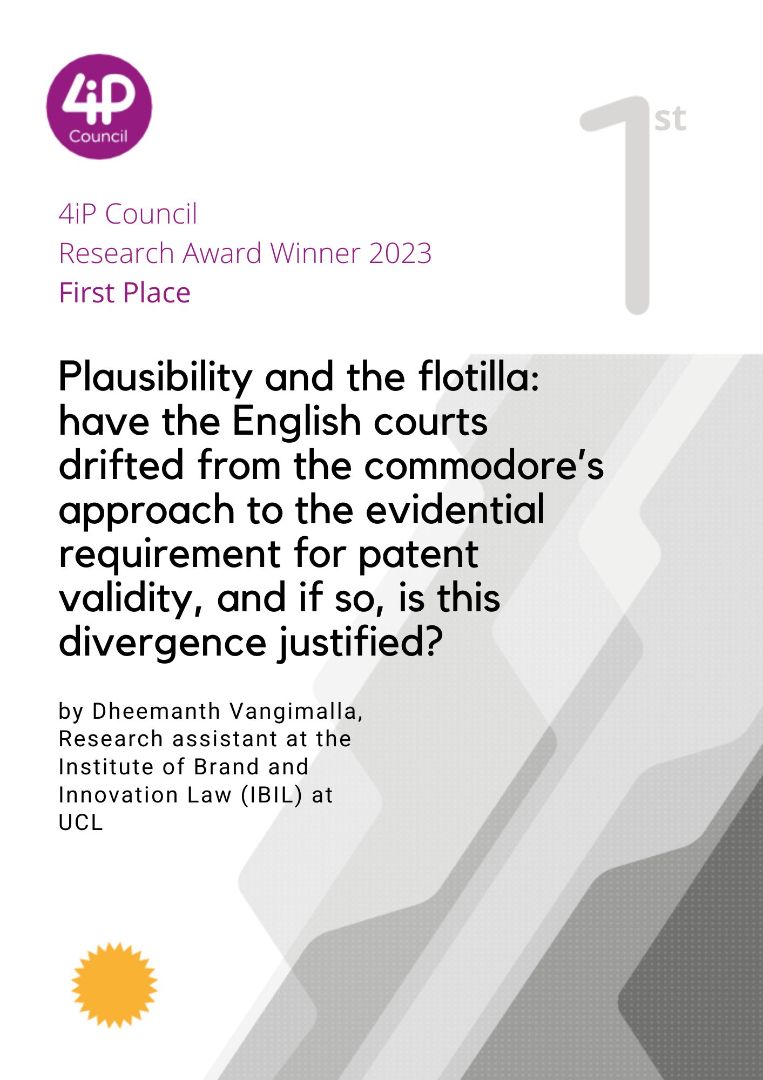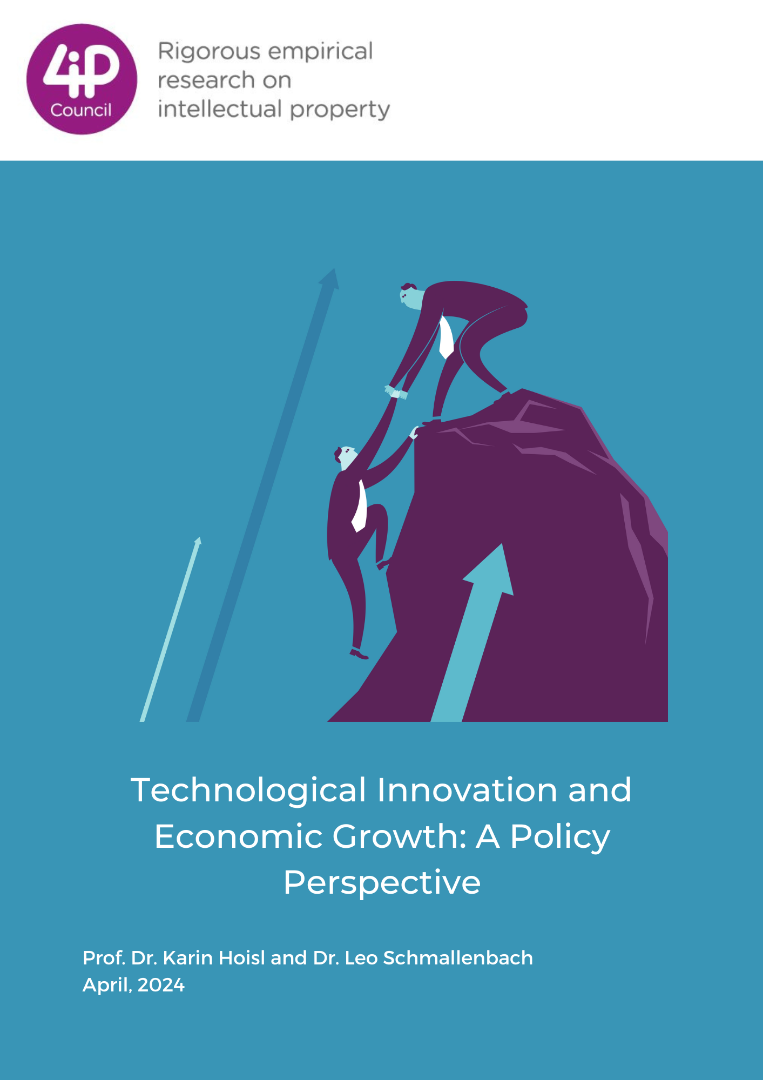“Plausibility” refers to an evidential requirement that asks whether the patent’s specification demonstrates that the claimed invention's purported technical contribution is achievable. While both the terminology and the evidential requirement that plausibility represents may have their critics, a plausibility assessment has become an entrenched concept in analysing patent validity at the EPO and English courts. This essay identifies a divergence between the two decision-making bodies in their approach to plausibility’s evidential standard.
The English courts have settled on the higher “positive obligation standard”[1] rather than the EPO’s lower “substantiated doubt standard”[2]. The English courts adopting the higher standard lacks cogent justification as the standard neither reflects a balance between the competing objectives of the patent system nor limits a plausibility assessment to its targeted mischief. Instead, the flexibility inherent in the substantiated doubt standard should be preferred.
Absent legislative reform to clarify the status of plausibility, and with the emergence of technology that entails inventing without the need for classical experimenting, the frequency of cases involving a plausibility assessment is only likely to increase. With at least one forthcoming UK Supreme Court hearing that will again navigate plausibility’s waters, it is hoped that plausibility’s evidential standard will be brought in line with one that is balanced and proportionate.
[1] The patentee is always obliged to provide evidence in their application to support their assertions about the claimed invention’s purported technical contribution.
[2] The patentee is only obliged to provide evidence in their application to support their assertions about the claimed invention’s purported technical contribution if there would be substantiated doubt about the patentee’s assertions.






